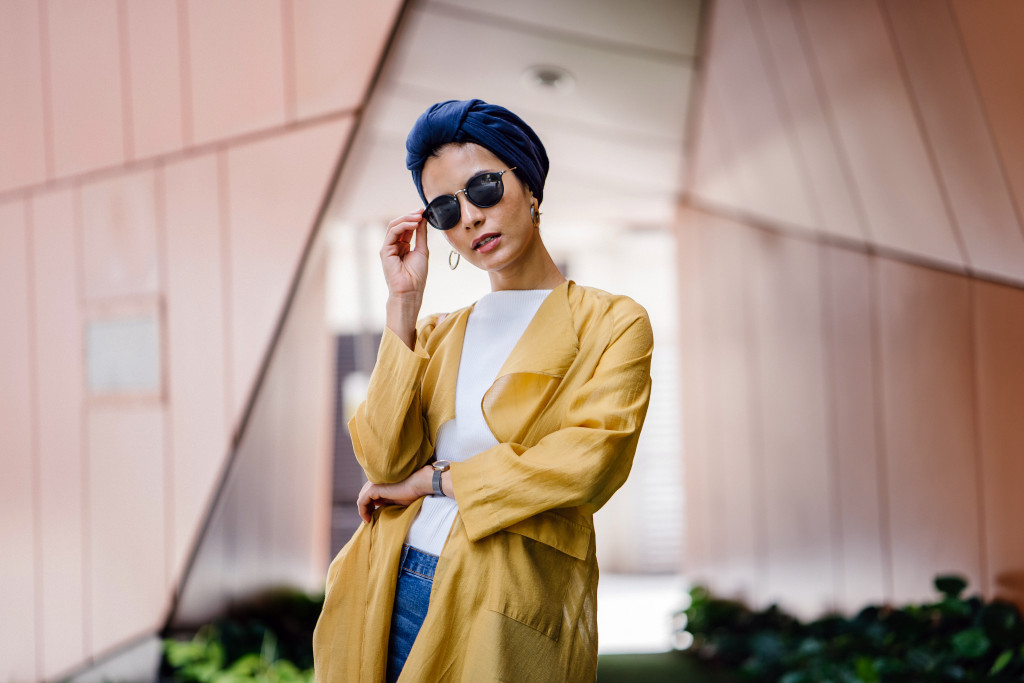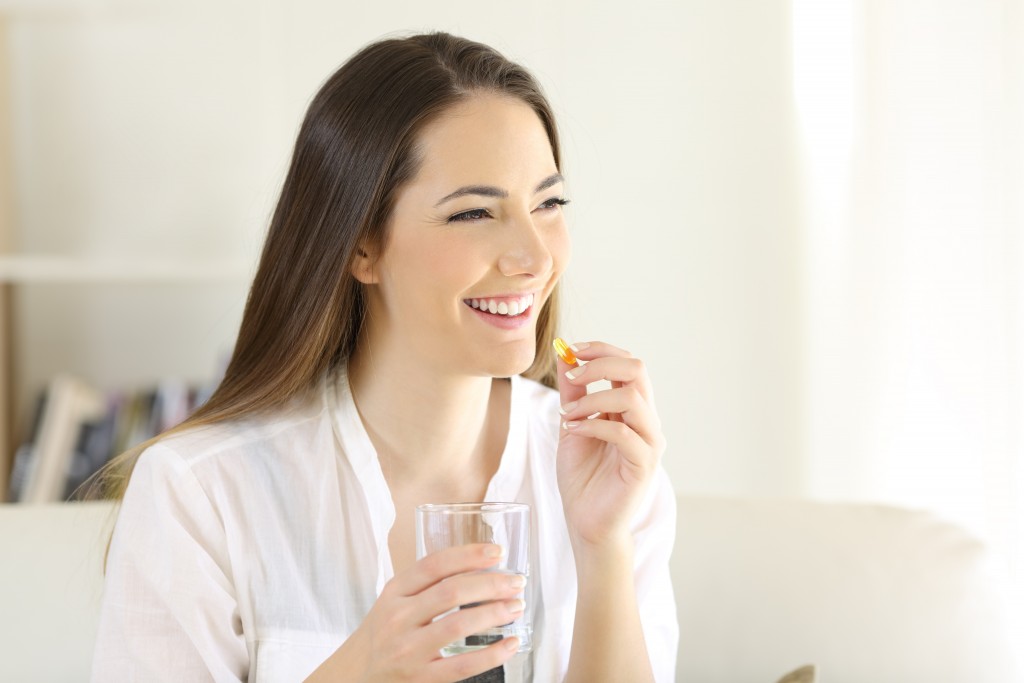Fashion is fast evolving. Everyone is aware what’s trendy in the ‘80s could be taboo today. And that’s just how it is. In the 1800s, the new century identified itself from the past generation with its neoclassical dress that aptly revealed the contours of the natural body. The concept was inspired by the chemise dress worn with pride by such socialites as Marie Antoinette and the Duchess of Devonshire.
But as avant-garde as the fashion of the 1800s, it’s largely irrelevant these days — considered a dinosaur. Such evolution in fashion is happening as we speak. As fashion entrepreneurs seek to find what’s best for their niche, they need to adapt their fashion strategy.
The latest proof of this is no less than Victoria’s Secret. Hounded by dipping sales since 2016, driven by shifting consumer preferences and a string of management controversies, the largest American retailer of lingerie is dropping their supermodels called angels in its annual fashion show starting 2021.
Therefore, as a fashionista or an up-and-coming fashion entrepreneur, exploring fashion possibilities is a must to be relevant. That should mean looking into sustainable fabrics that come out of food — specifically from fruits and vegetables. You might think that such a radical move might be pushing the envelope too far. But you’d be surprised to find out how fashionable these fabrics are. Here’s five.
From Bananas: Bananatex
Bananas are one of the most widely enjoyed fruits on planet Earth. You might favor apples. Bananas are the most widely purchased fruit in America, eclipsing apple by a slim percentage.
And why not? Bananas are a healthy source of vitamins and minerals, not to mention highly delicious. On top of that, it’s also a good source of protein. Small wonder, bananas are often part of many high-protein vegetarian meal preparations. The advantage of proteins from plants is that they don’t carry many health risks associated with the consumption of proteins from animals.
But it gets even more interesting. Thanks to the dedication of a three-way initiative by a QWSTION, a Swiss backpack brand, a yarn specialist, and a weaving partner from Taiwan, they developed a waterproof fabric from banana plants. Organically cultivated, the raw material is sourced from the Philippines. The partners used the stalk of the plant; the team created what they now call Bananatex. The best part? Unlike plastic, Bananatex is completely biodegradable.
From Pineapple: Piñatex

Who doesn’t love pineapples? They’re sweet, succulent, and full of fibers. What’s more, they’re loaded with nutrients. You have manganese, vitamin B6, and C to start with.
You may have seen how great leather is. It can be great for bags, boots, and pouches. But alas and alack, every piece of leather cries foul of animals that have to be killed (goats, cattle, calves, sheep, lambs). If only there was a way to enjoy the strength and versatility of leather without having to put down an animal.
There is now. The answer is Piñatex. Credit the development to Dr. Carmen Hijosa. At the onset, she was shocked at how big the negative impact of today’s mass leather production was. But she didn’t want to use PVC alternatives either aware of the ecological issues associated with these materials. Thus, she turned to one unlikely source: pineapple.
And that’s how Piñatex was born. The innovation comes from the leaves of the pineapple fruit. It’s also timely. More often than not, these leaves are considered waste material and just thrown. Again, farmers from the Philippines have been the source of these pineapple leaves. And as these are just by-products of an existing industry, tapping these new fashion fabric means added income for those farmers. Already, brands are making the most of Piñatex. Fashion icons such as TIKKA and Artesano are top of that list. Now, you can have a bag made of pineapple.
From Oranges: Orange Fiber
Oranges are another well-loved fruit in America. Their sweet, juicy content speaks of utter freshness and vibrancy. Even better, these cool fruits are a healthy source of vitamins and minerals too. Not only does it harbor calcium, but also vitamins A and C, much like bananas.
But now, you have Orange Fiber. The silk-like yarn is a joy to behold. Plus, it’s eco-friendly. The fabric comes from ‘paztazzo’, a citrus juice by-product usually just thrown as waste. Indeed, it’s a glorious alternative to silk.
You need not worry about how marketable Orange Fiber is. Today, Italian luxury brand Salvatore Ferragamo is using the material in its collections. That’s telling you there’s more to fruits and vegetables than meets the stomach.




